Community: The Secret to Stopping Deforestation in Guatemala
The forest concessions of the Maya Biosphere Reserve have boasted a near-zero deforestation rate for 20 years.... Continue Reading
Home / Regions / Central America & Mexico / Page 13
Mexico and Central America are world leaders in granting land rights to local and indigenous people—a crucial step in protecting forests. But even with significant gains in rights, forest communities are facing threats from agricultural expansion, illegal loggers, and drug traffickers.
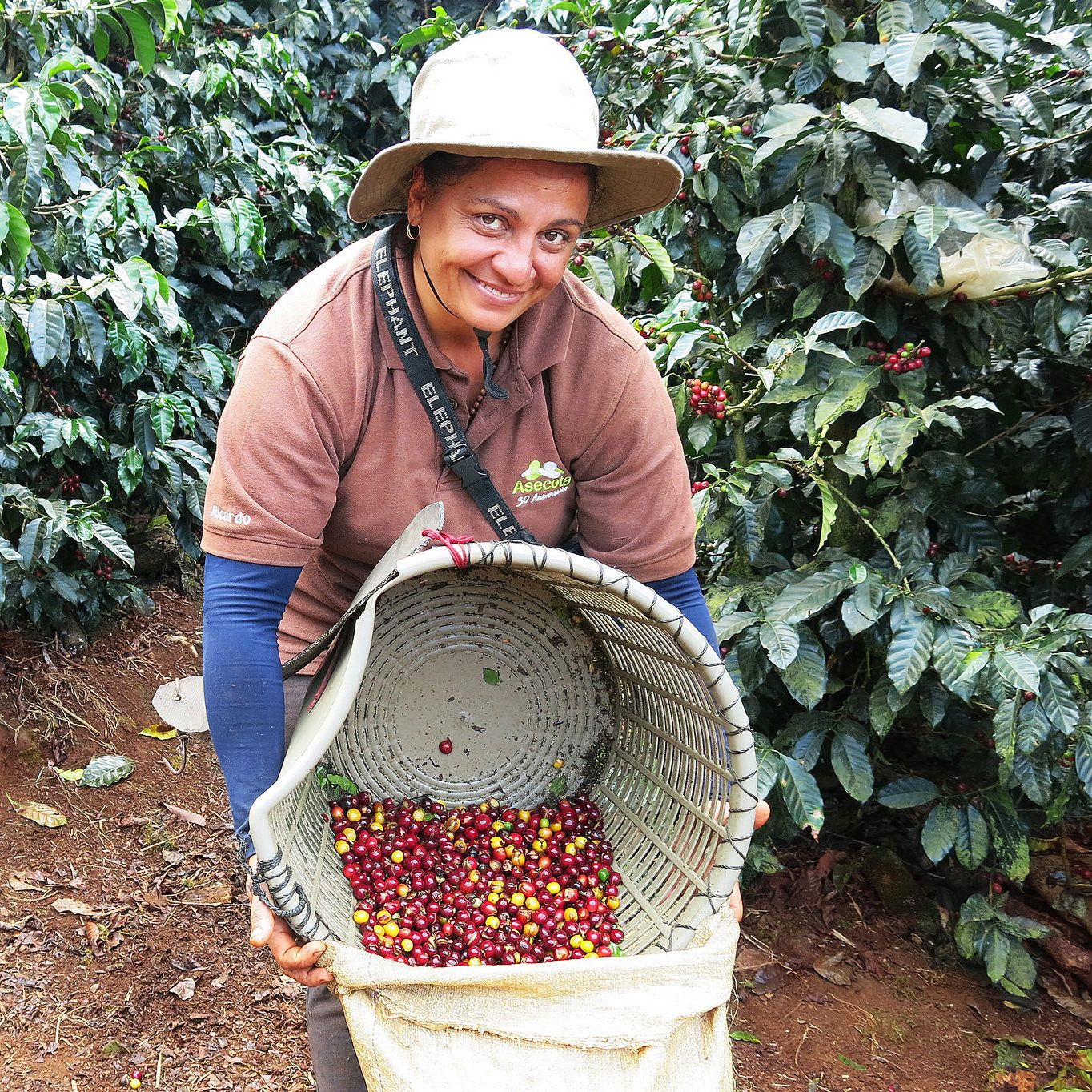
Farmers in Mexico and Central America are already dealing with the effects of climate change: shorter growing seasons, unpredictable rainfall, and a surge in plant diseases and pests. Crops like coffee and bananas could become rare delicacies in the future without bold climate action—but the livelihoods and well-being of farming communities are in jeopardy now.
Our impacts in Mexico and Central America are nothing short of stunning: In areas managed by our partner communities in Guatemala’s Maya Biosphere Reserve, for example, logging has remained at almost zero since 2001—remarkable given that adjacent areas suffer some of the worst deforestation rates in the Americas.
![]()
equivalent annual emissions of greenhouse gases removed from the atmosphere
We provided technical assistance to a group of coffee farmers in Oaxaca, Mexico, who launched an agroforestry project to remove 130,000 tons of greenhouse gas emissions (the annual emissions of 27,000 cars) from the atmosphere over 30 years through reforestation of degraded land.
![]()
have studied our environmental curriculum in Mexico and Guatemala
We not only provide training and curricula to teachers in southern Mexico and Guatemala, but we also help build local networks so educators can sustain this vital environmental education work in their communities for years to come.
In a region hard hit by climate change, the Rainforest Alliance focuses on advancing community forestry, sustainable agriculture, ecotourism, and environmental education to defend vulnerable landscapes and support rural communities.
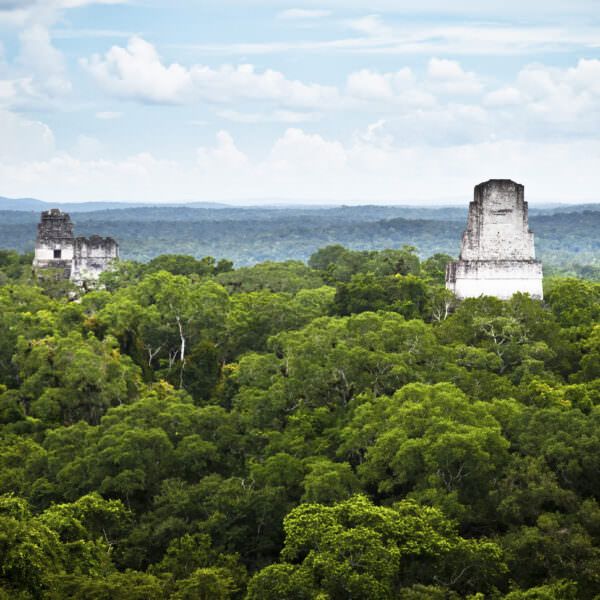
The forest concessions of the Maya Biosphere Reserve have boasted a near-zero deforestation rate for 20 years.... Continue Reading
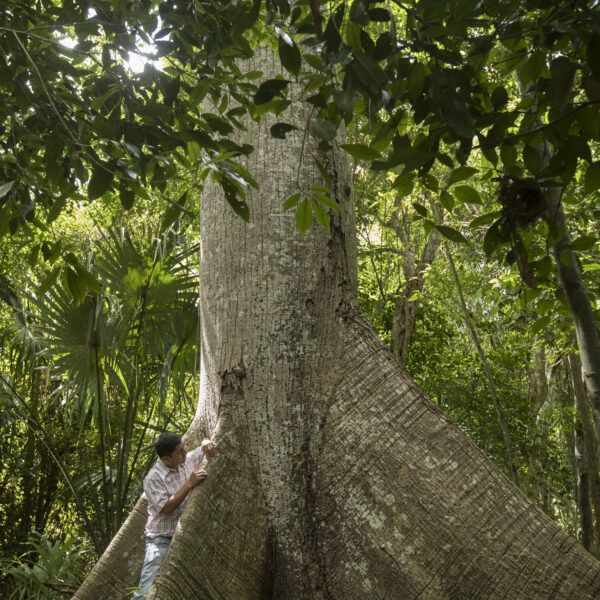
We are working to grow Mexico’s domestic market for sustainably produced products.... Continue Reading
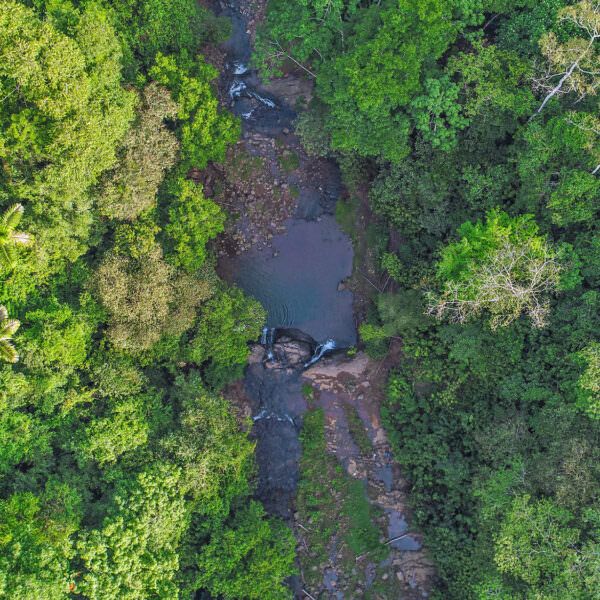
This farm doesn't just grow bananas–it's producing biodiversity, fresh air, and stronger soils.... Continue Reading

Sustainably harvested wood is at the heart of this new business run by indigenous Maya women.... Continue Reading
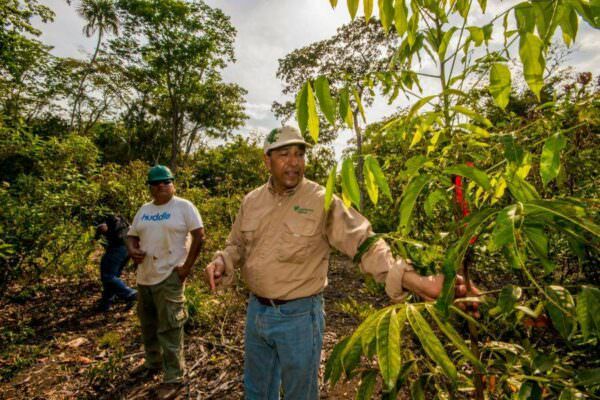
For José Román Carrera, protecting forests is a matter of life and death.... Continue Reading
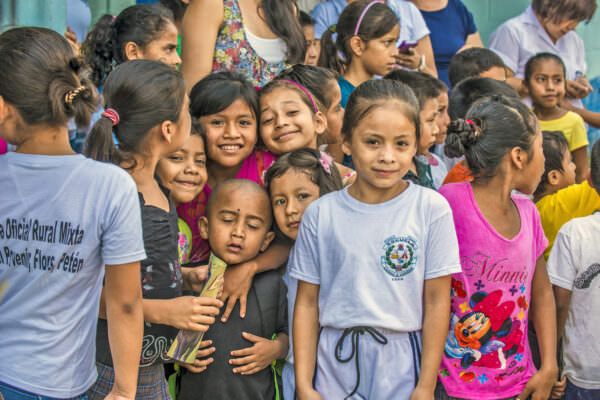
Our education program provides training, hands-on tools, and support in implementing conservation and climate-related curricula.... Continue Reading

This case study chronicles work undertaken with the CAIFUL forestry cooperative, situated near the indigenous Miskitu community of Brus Laguna, in the Río Plátano Biosphere Reserve, in northeastern Honduras. Home to approximately 11,000 people, Brus Laguna is one of the country’s poorest municipalities, with an annual per capita income of US$1,090. The people who call […]

A Case Study of Communities in The Maya Biosphere Reserve, (Petén, Guatemala) Expanding markets for lesser-known species (LKS) has long been identified as a key need to increase the competitiveness of community forest enterprise (CFE), especially in the tropics. A production focus on a single or small range of forest species with strong market demand […]

A Case Study of Work with Forestry Concessions In the Maya Biosphere Reserve (Petén, Guatemala) Lack of access to finance is widely cited as a critical bottleneck to improving the competitiveness of community forest enterprises (CFEs). Having capital on hand beyond the rather small savings that most CFEs have is essential to cover annual planning […]

A Case Study of Ejido El Largo y Anexos, (Chihuahua, Mexico) Mexico has what is probably the most advanced community forestry sector on earth. More than 60 percent of the nation’s forestland is owned by rural communities. This is largely the legacy of agrarian reform born out of the Mexican Revolution and implemented in successive […]